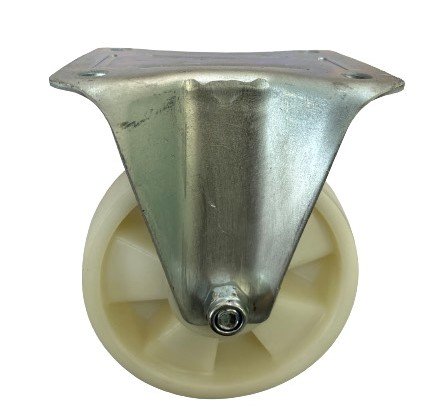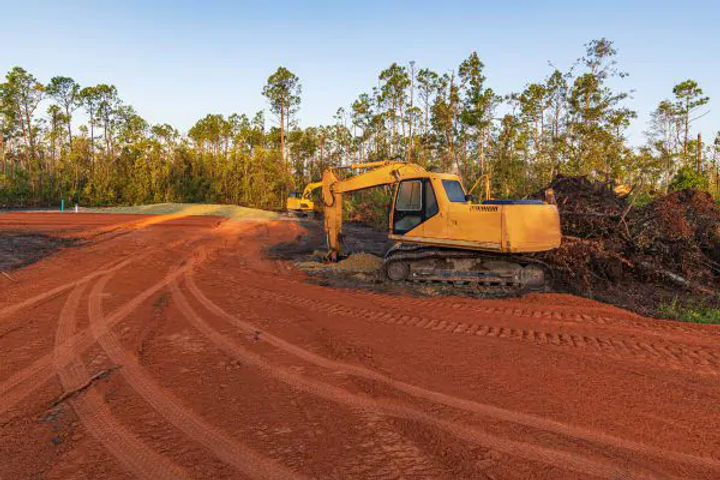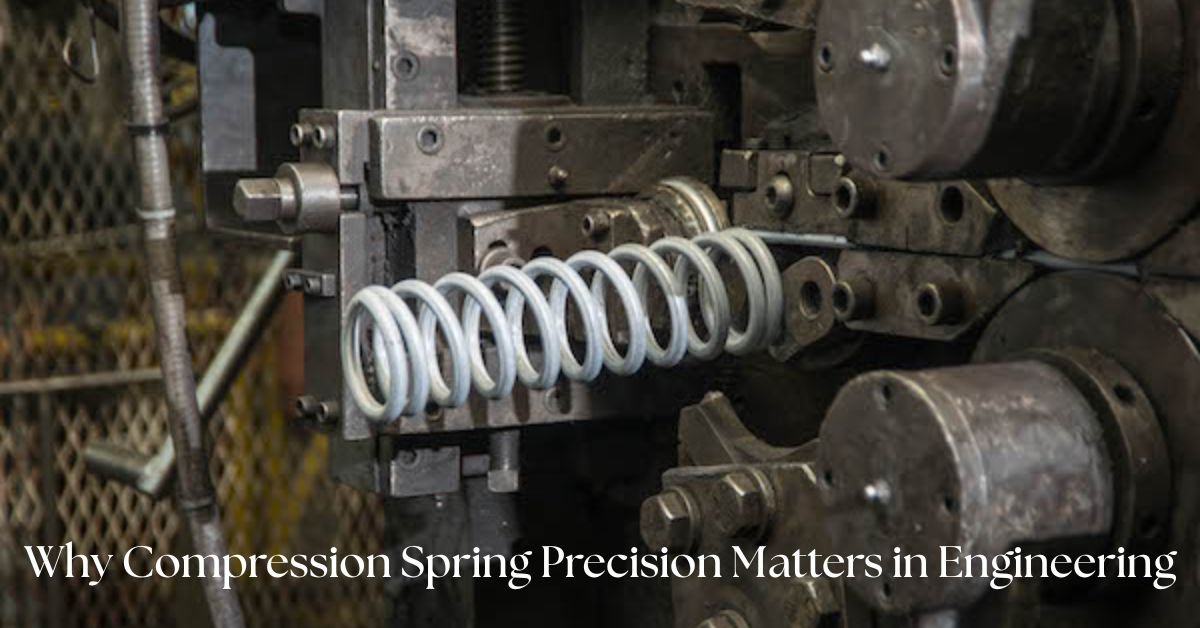Cast Iron Wheels are widely used in industrial and commercial applications due to their strength, durability, and ability to handle heavy loads. However, extreme temperatures—whether high heat or freezing cold—can significantly affect their performance. Understanding how Cast Iron Wheels respond to temperature fluctuations can help industries select the right wheels for their specific environments.
In this blog, we will explore how heat and cold impact Cast Iron Wheels, potential risks, and best practices to maintain their performance in varying conditions.
Understanding Cast Iron Wheels
Before diving into the effects of temperature, it’s important to understand the key properties of Cast Iron Wheels:
- High Load Capacity: Designed to support heavy loads without deformation.
- Durability: Resistant to wear and corrosion, making them long-lasting.
- Hardness: Provides minimal rolling resistance, allowing smooth movement.
- Temperature Resistance: While robust, cast iron can still be affected by extreme heat and cold.
Effects of High Temperatures on Cast Iron Wheels
Many industrial environments, such as foundries, steel plants, and manufacturing facilities, expose Cast Iron Wheels to high temperatures. While cast iron has excellent heat resistance, prolonged exposure can still cause performance issues.
1. Expansion and Structural Changes
At high temperatures, Cast Iron Wheel expand slightly. Though cast iron has a low thermal expansion rate compared to other metals, repeated heating and cooling cycles can lead to microstructural changes that may weaken the material over time.
Potential Risks:
- Minor dimensional changes affecting wheel alignment
- Increased brittleness over prolonged exposure
- Possible stress fractures in extreme conditions
2. Oxidation and Surface Degradation
When exposed to high heat, Cast Iron Wheel may undergo oxidation, where the surface reacts with oxygen to form rust or scale. While cast iron has some natural resistance to rust, continuous exposure to high temperatures can accelerate the process.
Potential Risks:
- Surface wear and reduced lifespan
- Increased maintenance requirements
- Need for protective coatings to prevent oxidation
3. Impact on Bearings and Lubrication
In wheel assemblies with bearings, high temperatures can degrade lubricants, causing increased friction and reducing efficiency. Bearings may also expand, leading to improper fitment and potential failure.
Best Practices:
- Use heat-resistant lubricants
- Regularly inspect wheels for cracks or wear
- Consider heat-treated or coated cast iron for extreme conditions
Effects of Cold Temperatures on Cast Iron Wheels
Cold environments, such as refrigerated warehouses, outdoor settings in winter, or arctic industrial sites, also present challenges for Cast Iron Wheel. While cast iron remains functional in low temperatures, certain changes in its properties can impact performance.
1. Increased Brittleness and Fracture Risk
Cold temperatures reduce the ductility of Cast Iron Wheel, making them more brittle. This increases the risk of cracking or fracturing when subjected to heavy loads or impact forces.
Potential Risks:
- Higher chance of chipping or breaking under shock loads
- Reduced flexibility, leading to premature wear
- Failure in extreme sub-zero environments
2. Reduced Shock Absorption
Cast Iron Wheels are naturally hard, and cold temperatures further decrease their ability to absorb shocks and vibrations. This can lead to a rougher ride and increased stress on flooring.
Best Practices:
- Avoid sudden impacts when operating in cold environments
- Use shock-absorbing materials in wheel assemblies
- Consider alternative wheel materials for extreme cold applications
3. Lubrication and Bearing Issues
Similar to high temperatures, cold conditions can also impact lubrication. Grease and oil in wheel bearings may thicken or solidify, leading to increased friction and reduced efficiency.
Solutions:
- Use low-temperature lubricants suitable for cold environments
- Conduct regular maintenance to prevent seizing
- Store wheels in temperature-controlled areas when possible
Best Practices for Maintaining Cast Iron Wheels in Extreme Temperatures
To ensure Cast Iron Wheels perform optimally in both hot and cold environments, businesses should implement proper maintenance strategies:
- Choose the Right Wheel Material: For extreme environments, consider wheels with special coatings or heat-treated options for enhanced durability.
- Regular Inspections: Check for cracks, surface wear, and oxidation, especially in high-temperature settings.
- Use Appropriate Lubrication: High-temperature or low-temperature lubricants help maintain efficiency in extreme conditions.
- Monitor Load Limits: Avoid exceeding load capacities, particularly in cold environments where brittleness increases.
- Store Wheels Properly: When not in use, store Cast Iron Wheels in temperature-controlled spaces to prevent unnecessary exposure to harsh conditions.
General Best Practices for Cast Iron Wheel Maintenance
- Use Environment-Specific Wheels: If operating in extreme temperatures, select specialized Cast Iron Wheel with heat- or cold-resistant properties.
- Apply Protective Coatings: Heat-resistant or anti-corrosion coatings can enhance durability in extreme conditions.
- Monitor Temperature Exposure: Keep track of the temperature range in which wheels are used to prevent material fatigue.
- Conduct Regular Load Testing: Ensure that wheels are not overloaded, especially in extreme heat or cold.
- Use Shock-Absorbing Accessories: Adding dampeners or cushions in the wheel assembly can help absorb impacts in cold conditions.
By considering these additional factors, businesses can maximize the performance and longevity of Cast Iron Wheels in challenging environments.
Conclusion
Cast Iron Wheel are designed to withstand tough industrial conditions, but extreme heat and cold can still affect their performance. High temperatures may cause expansion, oxidation, and lubricant degradation, while cold temperatures can lead to brittleness, reduced shock absorption, and lubrication issues.
By understanding these challenges and implementing best practices, businesses can extend the lifespan of Cast Iron Wheel and ensure reliable performance in all environments.












Leave a Reply